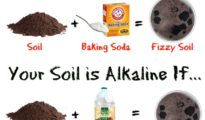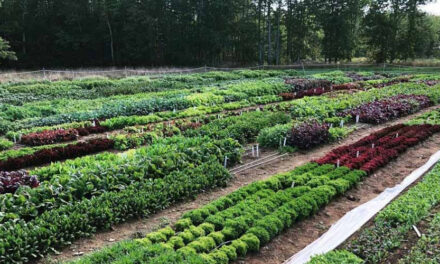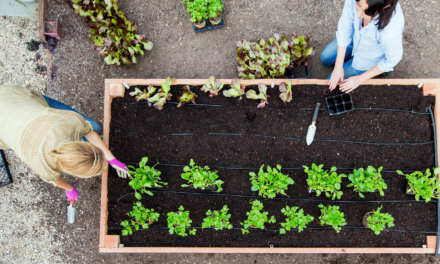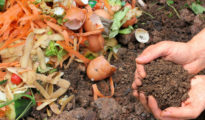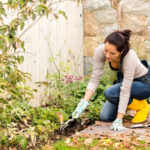One of the most crucial factors in the success of any garden is the quality of its soil. Whether you're a seasoned gardener or a beginner, understanding how to choose the right soil for your garden is essential. The soil you select can greatly impact plant growth, nutrient availability, and overall garden health. In this comprehensive guide, we will explore the different types of soil, their characteristics, and how to determine which one is best suited for your gardening needs.
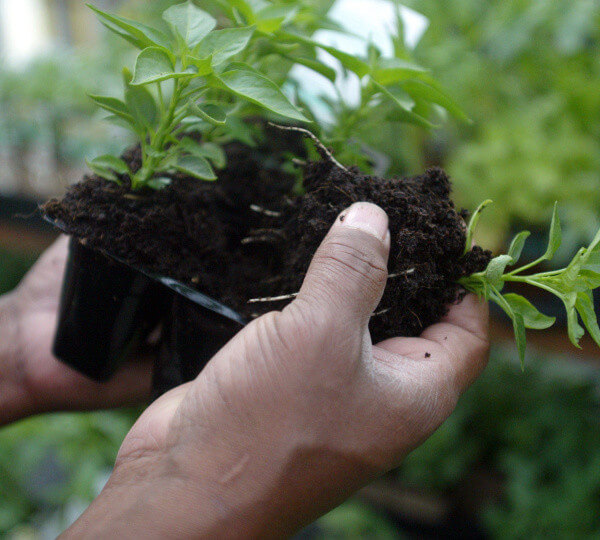
Understanding Soil Types
Soil is composed of a mixture of organic matter, minerals, water, and air. Different soil types have varying proportions of these components, which influence their texture, drainage, and fertility. The three primary soil types are sandy soil, clay soil, and loamy soil.
Sandy Soil
Sandy soil is characterized by its gritty texture and loose structure. It drains quickly, which can be beneficial for some plants but also means it may dry out rapidly. Sandy soil does not retain nutrients well, requiring more frequent fertilization. However, it is ideal for plants that thrive in well-drained conditions, such as succulents, cacti, and certain herbs.
Clay Soil
Clay soil has a fine texture and is composed of tiny particles that easily compact. It retains moisture well but drains poorly, resulting in waterlogged conditions. Clay soil can be difficult to work with, especially when it dries and becomes hard. However, with proper amendments and management, it can be fertile and suitable for plants such as shrubs, perennials, and some vegetables.
Loamy Soil
Loamy soil is often considered the ideal soil type for gardening. It is a balanced mixture of sand, silt, and clay, providing good drainage while retaining moisture and nutrients. Loamy soil is easy to work with and supports a wide range of plants. It is particularly well-suited for annual flowers, vegetables, and fruit-bearing trees.
Assessing Your Soil
Before choosing the right soil amendments, it's important to evaluate the existing soil in your garden. Several indicators can help you understand its composition and quality.
Texture Test
To determine your soil's texture, take a handful of moist soil and squeeze it. Sandy soil will feel gritty and fall apart easily. Clay soil will feel sticky and hold together tightly. Loamy soil will feel crumbly and hold its shape while also breaking apart easily.
Drainage Test
Dig a hole in your garden and fill it with water. Observe how quickly the water drains. If it drains within an hour, your soil has good drainage. If it takes several hours or doesn't drain at all, your soil has poor drainage.
pH Testing
The soil's pH level is a measure of its acidity or alkalinity. Most plants prefer a slightly acidic to neutral pH range. Home testing kits are available to determine your soil's pH. If necessary, you can amend the pH by adding lime to raise it (for acidic soil) or sulfur to lower it (for alkaline soil).
Soil Amendments and Improvements
Once you have assessed your soil's characteristics, you can make necessary amendments to enhance its quality and suit your plants' needs.
a. Adding Organic Matter: Organic matter, such as compost, well-rotted manure, and leaf mold, can improve the structure of any soil type. It increases drainage in clay soil and enhances water retention in sandy soil. Organic matter also adds nutrients, promotes beneficial microbial activity, and helps prevent soil erosion.
b. Adjusting Drainage: To improve drainage in heavy clay soil, add coarse sand, perlite, or vermiculite. For enhancing water retention in sandy soil, incorporate organic matter, such as compost or peat moss.
c. Balancing Nutrients: Based on your soil test results, you may need to adjust nutrient levels. Adding organic fertilizers or specific mineral amendments can provide essential nutrients like nitrogen, phosphorus, and potassium. Additionally, using mulch around plants can help conserve moisture and gradually release nutrients into the soil as it decomposes.
d. Managing pH Levels: To correct pH imbalances, you can use amendments like lime to raise the pH or elemental sulfur to lower it. Follow the recommended application rates and guidelines to avoid over-amending.
Container Gardening
If you're limited by space or have poor-quality soil in your area, container gardening is a great alternative. By using a high-quality potting mix, specifically formulated for container gardening, you can create an ideal growing environment. Potting mixes usually consist of a blend of peat moss, vermiculite, perlite, and organic matter, providing good drainage and nutrient retention.
Raised Bed Gardening
Raised beds offer several advantages, including better soil control and drainage. You can fill raised beds with a custom soil mix, combining topsoil, compost, and other amendments to create optimal conditions for plant growth.
Choosing the right soil for your garden is a fundamental step in creating a thriving and productive garden. Understanding the different soil types and their characteristics allows you to assess your existing soil and make informed decisions about necessary amendments. By improving soil quality, you can optimize nutrient availability, water retention, and drainage, providing an ideal environment for your plants to flourish. Remember that regular monitoring and maintenance of your soil will ensure long-term gardening success. Happy gardening!


